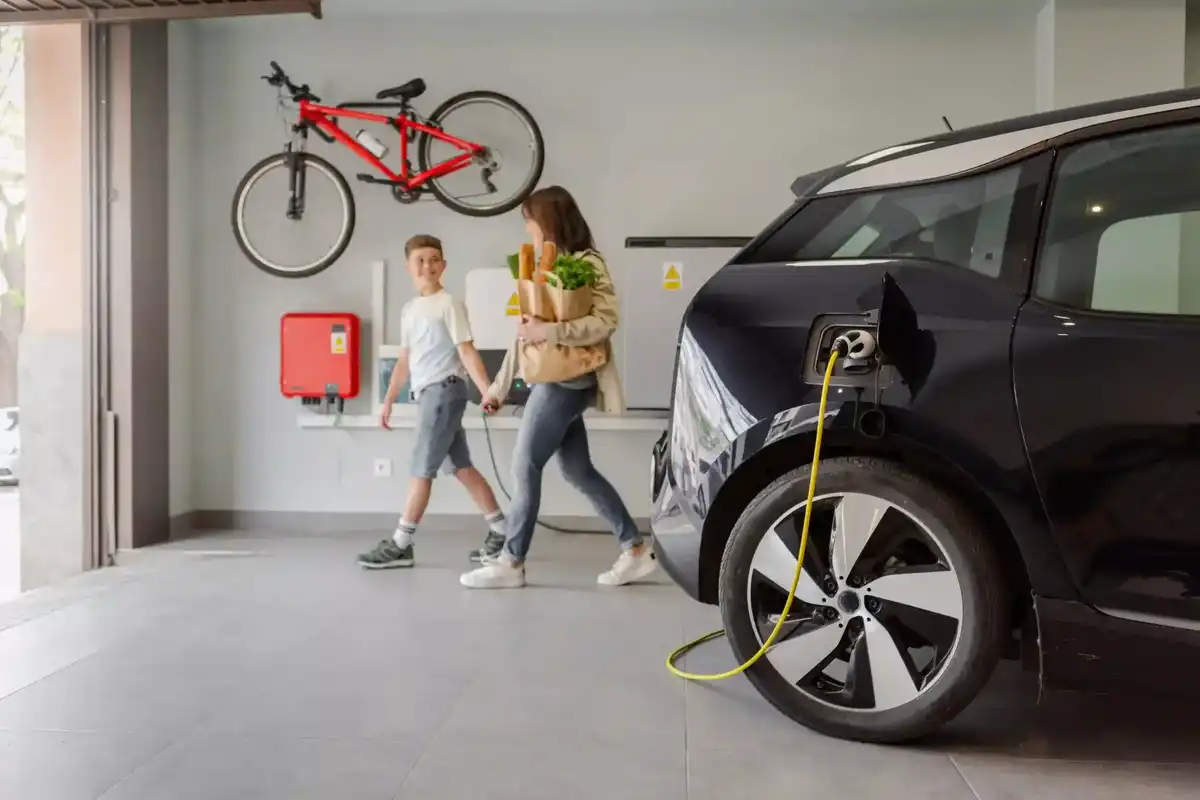power purchase
Houston renewables developer and Google agree to second solar collaboration
EnergyRe, a developer of large-scale renewable energy projects with headquarters in Houston and New York, has signed a renewable energy agreement that will allow Google to invest in and purchase renewable energy credits (RECs) from its projects under development in South Carolina.
Google will be able to pull from energyRe’s portfolio of more than 600 megawatts of new solar and solar storage projects in the state.
The agreement marks the second partnership between the companies. Last year, energyRe and Google signed a 12-year power purchase agreement in which Google would purchase renewable energy from a 435-megawatt solar project. EnergyRe would supply electricity and RECs generated from the solar project to Google to power the equivalent of more than 56,000 homes.
"Strengthening the grid by deploying more reliable and clean energy is crucial for supporting the digital infrastructure that businesses and individuals depend on," Amanda Peterson Corio, head of data center energy at Google, said in a news release. "Our collaboration with energyRe will help power our data centers and the broader economic growth of South Carolina."
EnergyRe's work includes developing high-voltage transmission, onshore and offshore wind, large-scale solar, distributed generation and storage assets in markets around the United States. Its national onshore utility-scale portfolio includes 1,520 megawatts of contracted solar assets and 398 megawatt-hours of contracted battery storage assets.
"This agreement is a milestone in energyRe's mission to develop innovative and impactful clean energy solutions for the future," Miguel Prado, CEO of energyRe, added in the news release."We're honored to partner with Google to help advance their ambitious sustainability and decarbonization objectives while delivering dependable, locally sourced clean energy to meet growing energy demands."
Google aims to achieve net-zero carbon emissions across its operations and value chain by 2030.








 Air Liquide and Hyundai agreed to expand hydrogen refuelling networks, storage capacity and more at a meeting in Seoul last week. Photo courtesy Air Liquide.
Air Liquide and Hyundai agreed to expand hydrogen refuelling networks, storage capacity and more at a meeting in Seoul last week. Photo courtesy Air Liquide.
